Stolen toilet seats and $85,000 soap: The hidden costs of running a restaurant
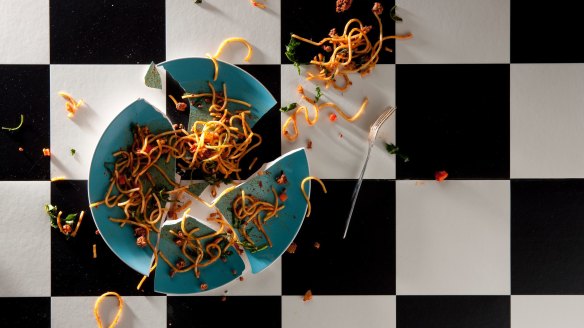
Restaurants are noisy – until you hear a plate drop or glass break. These accidents have a way of stopping conversations, and reminding you how expensive it is to run a venue. At Aria, the flagship establishment for Sydney chef Matt Moran, it costs $20,000 to replace shattered wine glasses every year. When Chin Chin opened in Sydney last October, $54,000 worth of crockery was ready to hit tables. Only five months later, the restaurant is ordering more, because so many plates have been smashed. It's a "staggering cost", says John Kanis from The Lucas Group, which runs Chin Chin in Sydney and Melbourne.
This probably isn't something you think of when you split the bill and wonder if the latest restaurant you dined at was good value. Sure, you're aware that restaurateurs are stung with rising food prices, rents and workers' wages – but browse through their spreadsheets and receipts, and you'll see that there are many more surprising expenses which contribute to the price you are paying for eating out.
"Fridges breaking down, ovens breaking down, paying the council for every little check-up they decide to do. Everything adds up," says Mitch Orr of Sydney's Acme. The cost of a dish "is never just about the food on your plate".
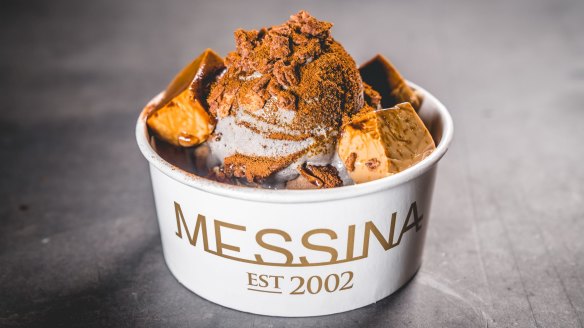
In fact, the price of your hanger steak or linguine helps cover operating expenses that can require breathtaking sums of money. Aria's table linen laundry bill, for instance, can reach $280,000 a year. Bespoke cutlery and crockery at Barangaroo House – another Sydney venue in Moran's portfolio – costs $100,000. The Lucas Group would spend $45,000 a year just replacing stolen cutlery. Kanis has an upbeat outlook about forks and knives disappearing from Chin Chin's Melbourne and Sydney outposts, though. The loot-worthy cutlery is hand-made from black folded steel in Thailand, exclusively created for the restaurants. "It's not a product you would ever see in Australia and, as such, we do see a lot of it 'walk out the door'. But for us, if guests love it, we are happy for shrinkage!" he says, optimistically.
Not all walkabout cutlery ends up in diners' handbags and pockets. Often flatware goes missing because, in the rush of service, forks and knives land in the rubbish when waiters hurriedly clear plates. Brent Savage, co-owner of Sydney's Bentley Restaurant and Bar, says you can buy specialised bins with magnets to stop this happening. While he hasn't splurged on these cutlery-saving devices, Bentley did fork out $12,000 for a machine that expertly buffs wine glasses. "Yes, we spent a lot of money on the dishwasher that does that, but now we don't have to pay someone to stand there to polish glasses," he says. It's an expense-saving measure and deftly spotting these are key to survival. "Restaurants are ridiculous in how quickly you can bleed money and that's why restaurants go broke so easily. It's all the hidden costs where it really affects you," he says.
Shannon Martinez, co-owner of Melbourne's Smith & Daughters agrees. Even small decisions can hugely affect the bottom line – like which ice you use. "Do you just get ice from the servo or do you get an ice machine that makes beautiful square blocks of ice? Where are the priorities?"
The price of a dish is never just about the food on your plate. Hidden expenses can be crippling, but there are savvy ways to economise.
"We have a small machine at the restaurant, but it makes no where near enough so we use a Korean grocer up the road for extra bags when we need it. Which is pretty much all the time."
Covering basic services for diners can quietly blow out costs. Next time you admire the nice soap in a restaurant's bathroom, for instance, consider how pricey it is for the venue to stock it. One hospitality group spends over $85,000 a year on this expense – just so diners have the luxury of pumping Aesop onto their hands when washing up.
And when you admire those artisan-made bowls on your table – remember, they're not cheap. When Noma commissioned crockery for its Japan pop-up, the bill for these hand-crafted wares was greater than the cost of flying the restaurant's 77 employees to Tokyo from Copenhagen, Jill Dupleix discovered. (That's why Noma had to auction the tableware afterwards.)
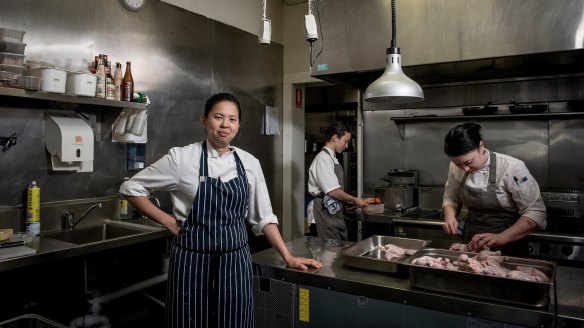
Even taking reservations has a hefty pricetag. Booking sites vary in fees, but can range from 25c to $3 per reservation, depending on whether diners book directly through a restaurant's site or via Dimmi, OpenTable or another service. (This doesn't include monthly fees, either). For some venues, this is a cost-saving exercise: it frees staff from handling phone calls or getting snagged in a six-email-long exchange (only for the diner to change their mind at 6pm when service has started and no one is free to change the booking anyway). Think of El Celler de la Roca: when the Spanish establishment topped The World's 50 Best Restaurants list in 2013, its wait list exploded and the venue had to hire three people just to tell hopeful diners their bookings had been unsuccessful.
How restaurants get creative – and resourceful – about costs
Being budget-wise doesn't have to be a drag – and sometimes can deliver a better experience than the pricier alternative. Ask Mitch Orr, who believes Acme's personal way of handling reservations is superior to a booking site's approach.
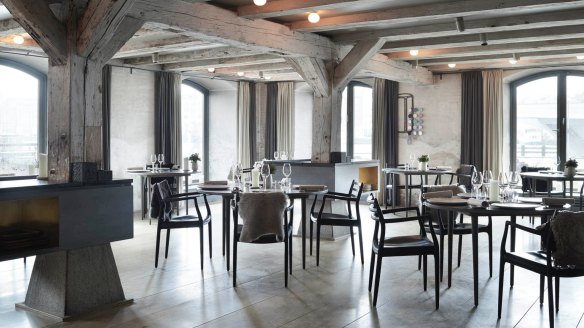
"We've got the most personable, funny, rude and charming person in the game in [Good Food Guide Citi Service Excellence Award winner Cam Fairbairn]. Having him be your first point of contact when making a booking sets the tone and expectation for how your night will be at Acme. It also means it's less of a surprise when he gives you a big hug when you arrive at the restaurant."
"We're a small business, with no backers and no support," he adds. "By learning a lot of hard, expensive lessons, Cam and I are really aware of where we allocate money. We now clean the restaurant ourselves, we do all the laundry for the restaurant ourselves, we minimise waste wherever possible, we keep stock levels tight and are constantly evaluating what sells and what doesn't."
It means, for instance, channelling excess egg whites from pasta dough into meringues for a dessert dish, or nurturing staff. Employees breaking things is inevitable – but "getting staff to care, invest and feel ownership can save you a shitload".
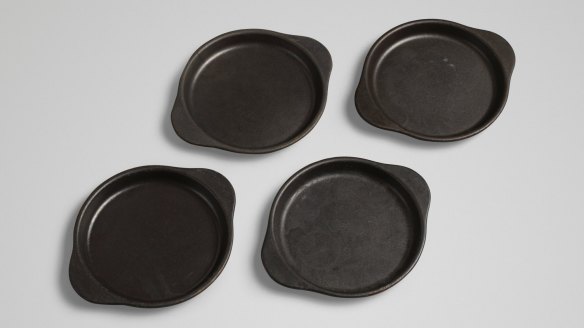
Chef Thi Le also had to be resourceful when opening Anchovy, her Melbourne restaurant. It was so low on supplies that she raided her home to stock its kitchen, relocating whisks, mixing bowls and other equipment to her business (including the dehydrator she used to make organic dog biscuits at home). Even bottle openers went missing. "At home, [when we couldn't find things] it became an in-house joke – yeah, it's at the restaurant."
"It was crazy. We had fish on the menu, but we had one large pan to cook the fish," Le says. There were also "two dodgy stand-up fridges" bought for half price. The shelves started to cave – and she remembers one busy Friday night, hearing "chef!" and racing back to see the apprentice and kitchenhand holding up the shelves before they entirely collapsed. They temporarily repaired them with plastic ropes. "I can't believe we went through an entire summer with these dodgy fridges."
Over time, she could afford improvements (like a coolroom), but Le is upfront about her practical choices. Anchovy uses soap from Coles, not Aesop, and for a long time, its chopsticks cost $2.30 per 10-pack. "We bought all our plates for Anchovy for $280." She did the flooring herself and kept the drinks list short, until she had money to expand it. Anchovy's success – and one-hat status – is proof you don't need a big budget to run a restaurant.
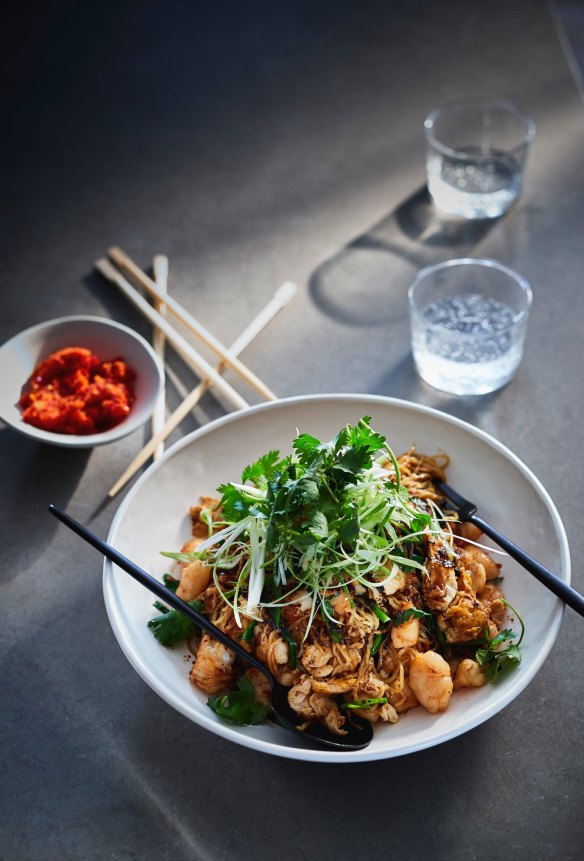
So when she hears that Barangaroo House spent $400,000 on hi-tech awnings to keep its customers comfortably shaded, she's blown away. "[For that], I can open five Anchovys."
When Paper Bird's Ben Sears launched his previous Sydney restaurant, Moon Park, with partners Eun Hee An and Ned Brooks, he relied on two deep-fryers that cost $30 each from Kmart and two $100 induction tops – and this lo-fi set-up didn't stop the restaurant earning a hat, either. He also realised: if you're after an affordable business to take over, Gumtree has plenty (take note, young chefs).
Similarly, when Shannon Martinez and Mo Wyse opened Smith & Daughters in Melbourne four years ago, they learnt how to get nifty with IKEA products. With a branding iron a friend made of their restaurant's logo, they'd sand off any Ikea references and mark their names on top.
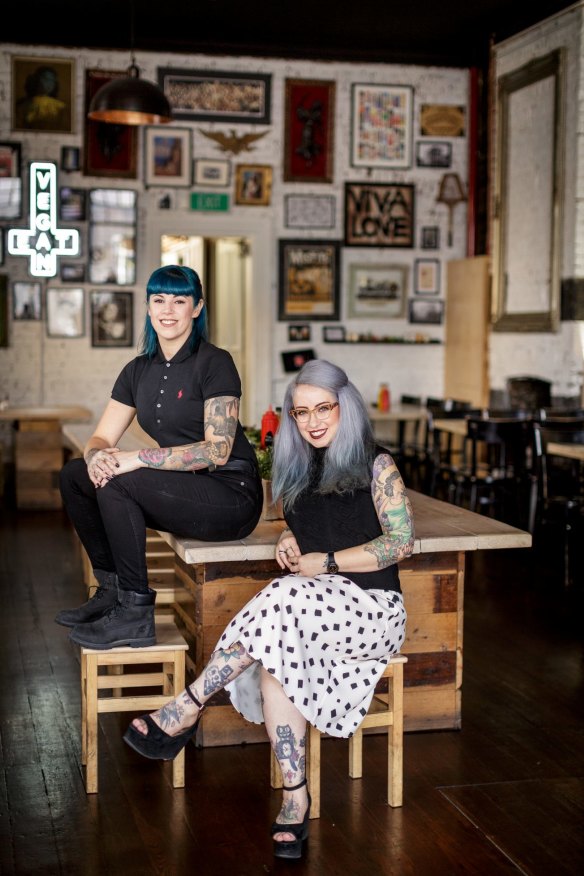
"We bought all out stools from there and built sanded and stained them all ourselves. We also bought all our serving boards from there initially and sanded off the IKEA logo that was on the side. They were the first thing we replaced once we started getting cash flowing into the business."
They'd also wait until Myer had a stocktake sale and then buy every plate in sight. "When you don't have backers, you have to be a little bit smarter, because you don't have the cash to play with," says Martinez. As a vegan restaurant, though, they have a budget-friendly advantage: their food costs are "awesome", she adds. "It's good for me, it's good for my customers. They rarely have to spend more than $20 to eat anything at my place, because veg is cheap generally."
Beyond finding discounts, another way to keep bills low is to negotiate. Palisa Anderson, from Sydney's Chat Thai restaurants, says you can cut a deal on everything – even things you wouldn't expect. Like your food-delivery provider, council rates and waste management fees. Another way to save money? "Get staff to multi-task," she says. During slow periods, waiters help with mise-en-place and other duties. Having specials in between traditional meal periods keeps employees busy, too.
While Anderson admires the work of PR firms (which can charge $3000-$5000 a month), creating a dedicated Chat Thai app to promote the businesses – and having an in-house digital marketing guru – has led to returning customers, without busting her budget.
Her family also runs a farm in Byron Bay, which supplies the restaurants with a wealth of flavours. "However, we are finding that producing with integrity costs a lot more than what we were able to buy at the Sydney Markets! Ironic, isn't it?" she says. Having access to ethically grown ingredients (like Thai white jade cucumbers, yellow pea flowers and six varieties of apple eggplant) generates pay-offs that aren't obvious to accountants, though.
Gelato Messina, which has stores along the east coast, has taken a similar approach and bought a hazelnut farm. It's a long-term play against the eye-watering cost of its current arrangement: having to pay upfront for three months' worth of ingredients from Italy (a hefty price, given Messina's rate of demolishing 10 tons of hazelnuts a year). And by July, Messina could be using milk from the dairy farms it bought recently.
And where it once spent $1 million on shipping massive containers of chocolate from Europe, Messina now imports just the raw material from Ecuador (and adds milk powders and sugars locally). So the company now saves money, slashes its carbon footprint and enjoys the bonus of mixing chocolate in-house. "It just makes it a lot easier," says Messina's Nick Palumbo.
Working on a big scale can be a great advantage when keeping budgets healthy. Each week, across Andrew McConnell's many venues – from Cutler & Co. to Supernormal – 10,000 patrons walk through the door. General manager Chris Handel says this allows them to work in "a very resourceful manner" and make the most of each establishment – whether it's moving artwork across restaurants, sharing staff, and ensuring nothing is wasted, from leftover menu stock to excess ingredients from suppliers.
Confronting flaky behaviour is also key to keeping costs down. Rebecca Yazbek of Sydney's Nomad recalls how frustrating it was when diners kept stealing their hot sauce. "We were probably losing 10 bottles a week," she says. The restaurant has cleverly flipped the situation by selling takeaway versions of the sauce for $20, so people can freely drizzle the condiment at home.
Dulle Griet in Belgium's Ghent has countered people's thieving ways by demanding people leave a shoe as a deposit: on returning your (expensively made) beer glass, you get your kicks back. This creative security system might inspire other venues, given how prevalent (and expensive) stealing is. It all adds up, with restaurateurs revealing that customers have nicked everything from brass ornaments to steak knives and, yes, toilet-paper rolls. But The Lucas Group's John Kanis has surely witnessed one of the all-time examples of customer theft: "a toilet seat that a guest had tried to slip under a shirt and jacket!"
The national Good Food Guide 2018, in partnership with Citi and Vittoria, is available from newsagencies, bookstores and via thestore.com.au/goodfood, RRP $29.99.
Restaurant reviews, news and the hottest openings served to your inbox.
Sign up